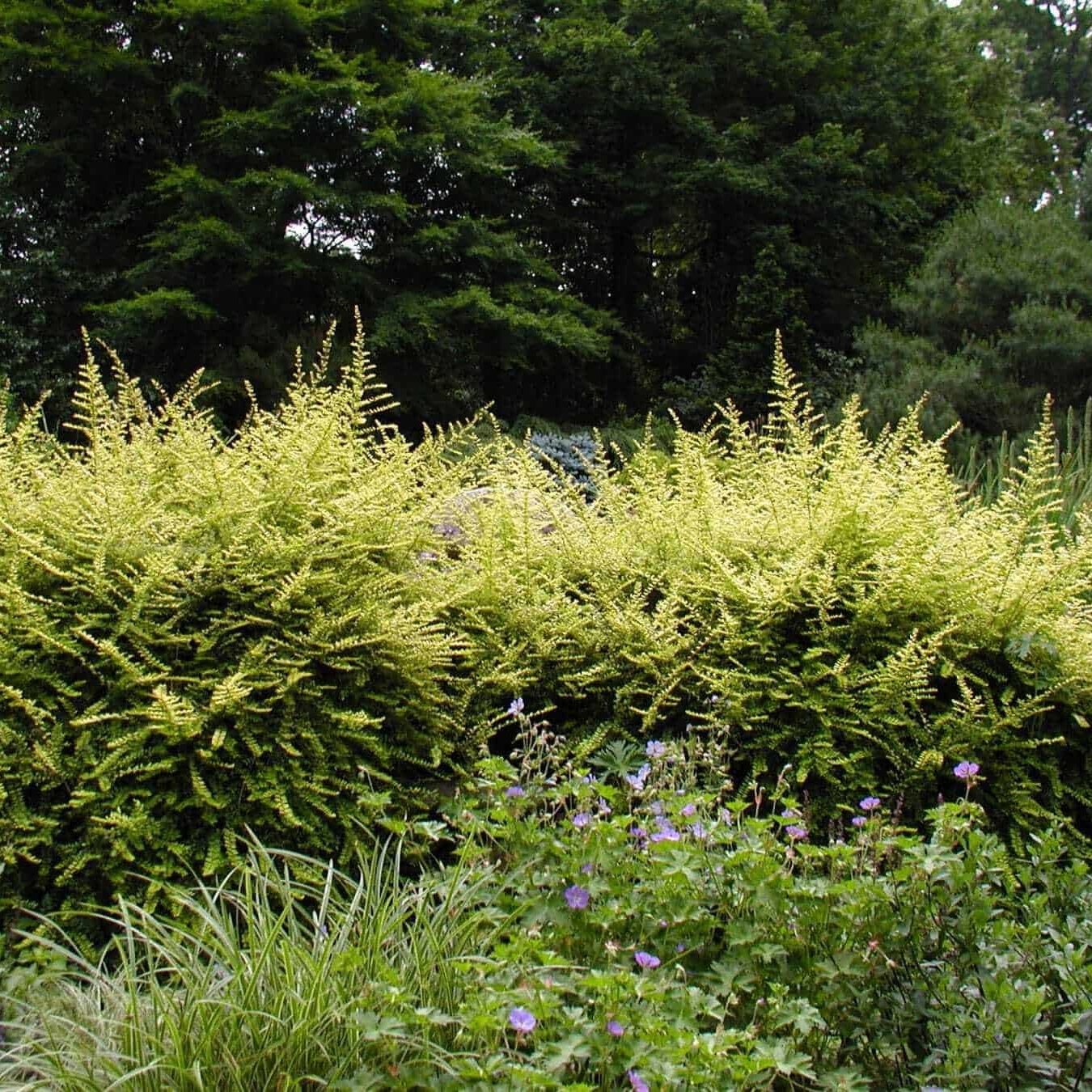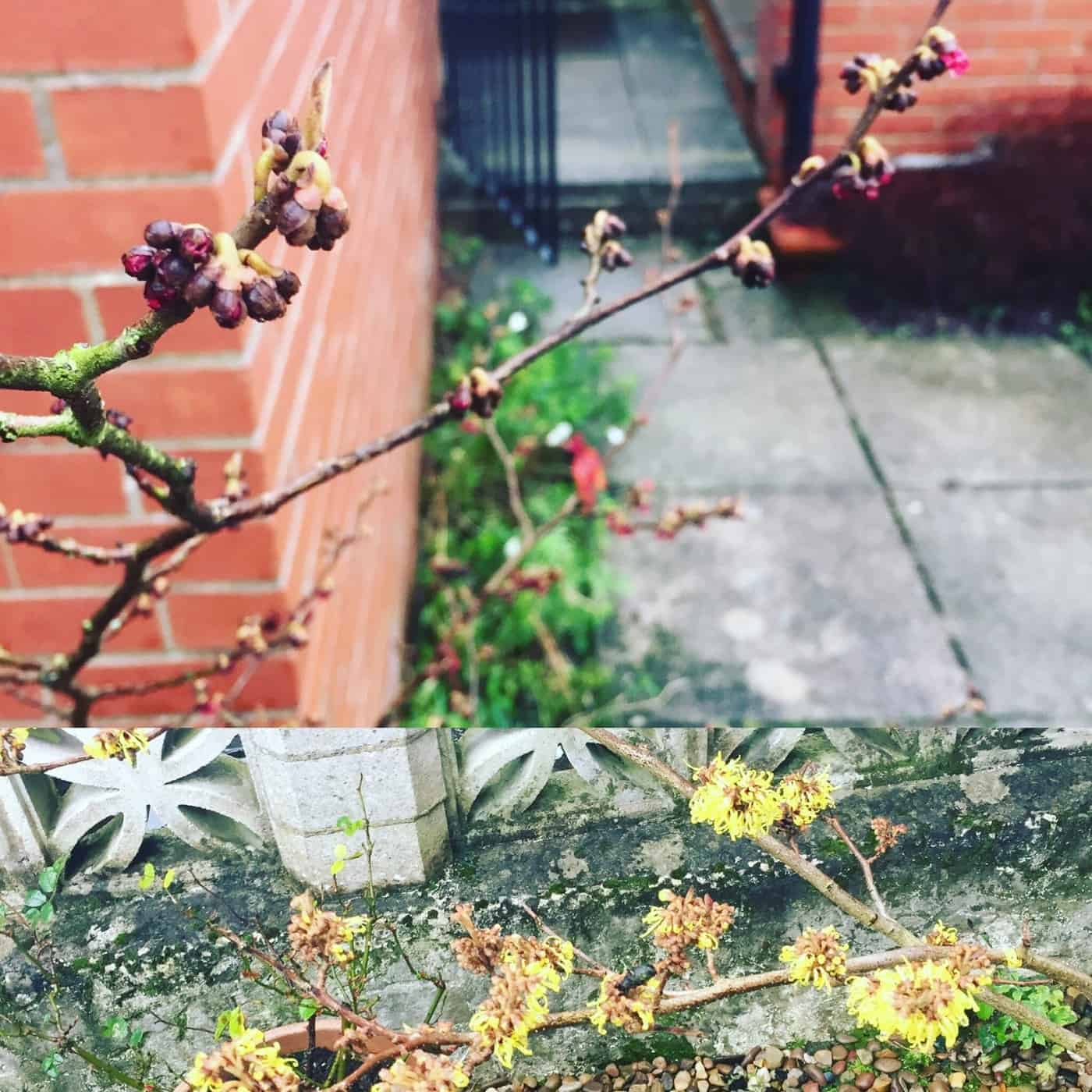The Royal Horticultural Society has grouped together its advice on Pruning Groups 8, 9 and 10 because they all relate to evergreen shrubs. We often think of conifers when referring to evergreens, but there are a lot of other species included in these groups. It’s important to remember evergreens are any plants ‘retaining their leaves in winter’. Let’s continue with our review of he RHS pruning groups.
When?
Generally prune your evergreen shrubs in spring just ahead of growth starting again, unless they’re flowering at this point. In the latter instance, simply prune back as soon as flowering has finished.
How?
We’ve started with this in the other groups too: begin by cutting out any weak, damaged, diseased or dead shoots, as well as those spoiling the overall form of the shrub.
After that, each group is a little more specific:
- Group 8: Prune these early-flowering evergreens immediately after flowering rather than sticking to just April. These plants are often best left to their own devices in terms of shape. Simply deadhead or remove damaged stems.
- Group 9: These evergreens are late-flowering and benefit from pruning in April or May. They flower on growth put on in the previous or current year and again, do best with minimal pruning. You can prune those suitable for hedging (e.g. Prunus laurocerasus) more heavily to maintain form.
- Group 10: Evergreens fall into this group where you need to prune:
- Straight after flowering on the previous year’s growth
- In March or April when the plant flowers on this year’s growth
Mulching well straight after pruning supports the plant’s recovery.
Why?
Evergreens can become tall or leggy, with lots of unsightly woody growth on display. The best way around this is to remove one-third of the older woody growth each year, before the plants send up new shoots.
Smaller shrubs like heathers and lavender have a limited life expectancy of no more than 10 years in ideal conditions (sometimes five in less suitable situations). Their lifespan can sometimes be extended by pruning as indicated by the RHS.
Larger or slow-growing shrubs such as rhododendrons require less pruning, other than to reduce disease incidence.
Pruning groups 8, 9 and 10: Plants we use
- Buxus sempervirens (box) – group 8 – most often used as topiary or hedging
- Viburnum tinus – group 8
- Prunus laurocerasus – group 9
- Prunus lusitanica – group 9
- Lavandula angustifolia ‘Hidcote’ – group 10
- Thymus – group 10
Kevin Gelder
Kevin joined Bestall & Co in late 2017 and brought a range of skills with him from a varied background. He gained a degree in French and Italian from Lancaster University in 2009 before successfully completing a PGCE at the University of Sheffield in 2011. He built on his communication skills through secondary language teaching, before working in healthcare administration.
Ultimately though it was his passion for plants and gardening which brought him to Bestall & Co as a member of the planting team, and although he's now moved back to an office based role, the articles he wrote whilst he was still with us live on.



